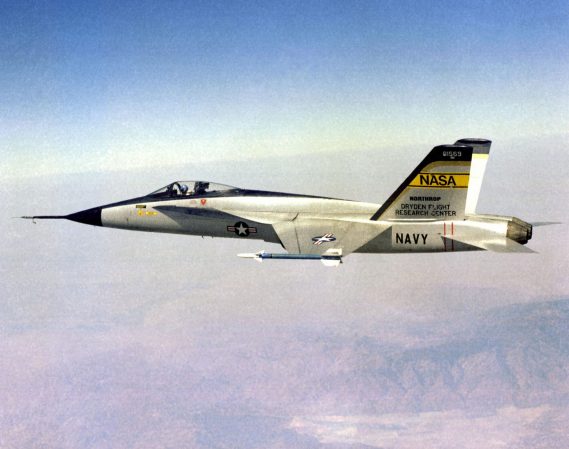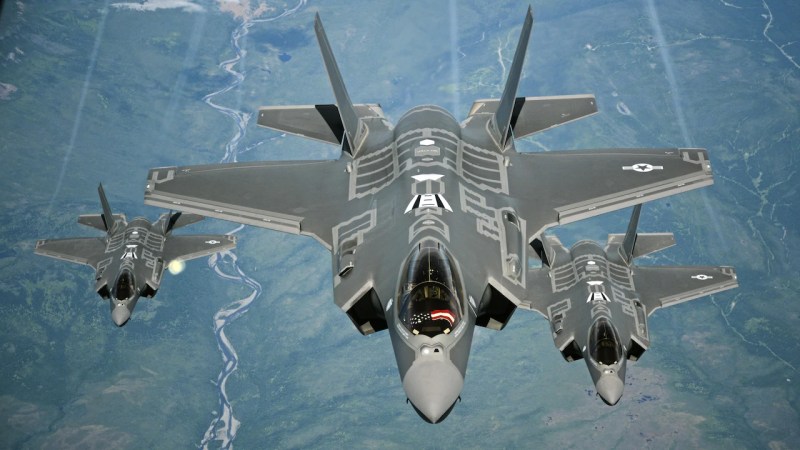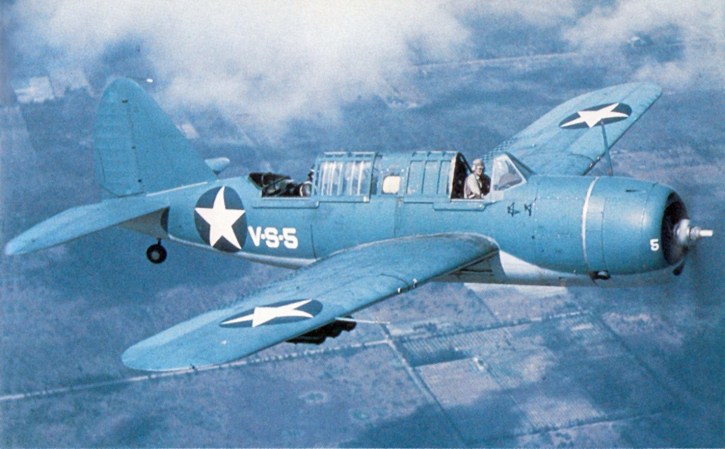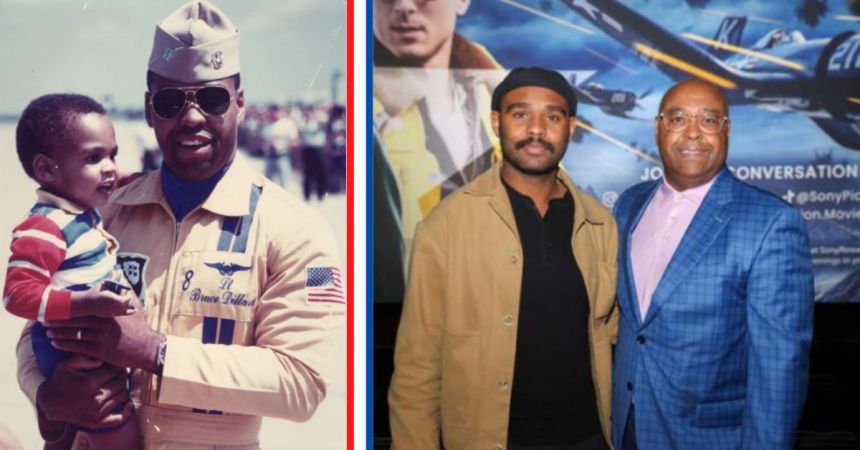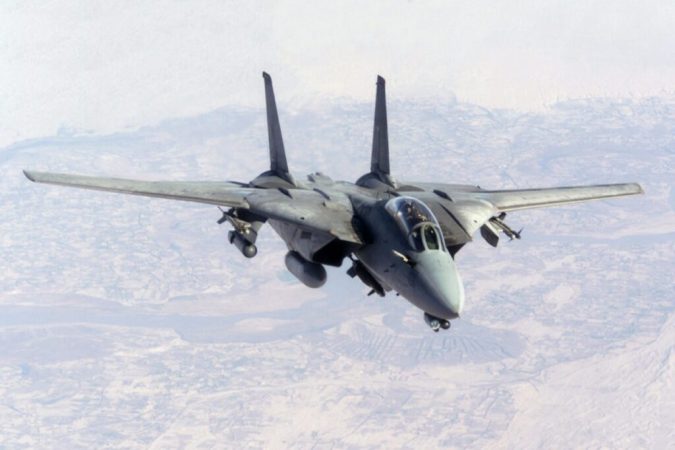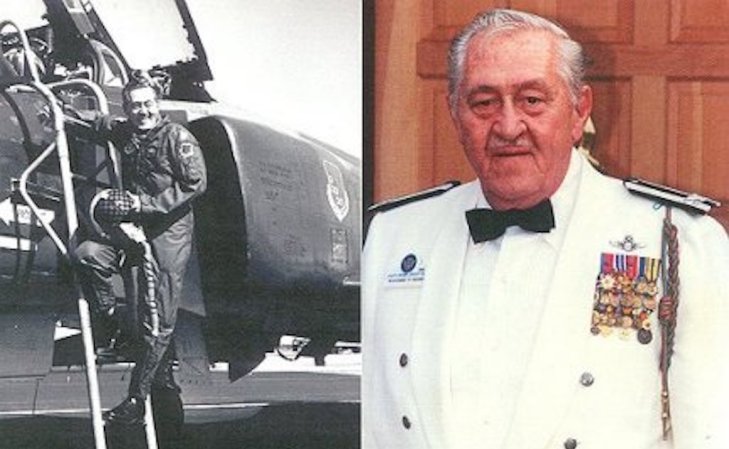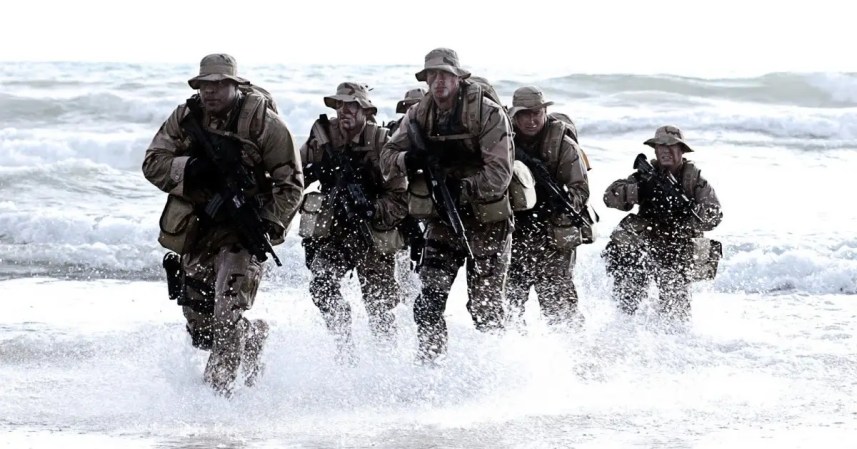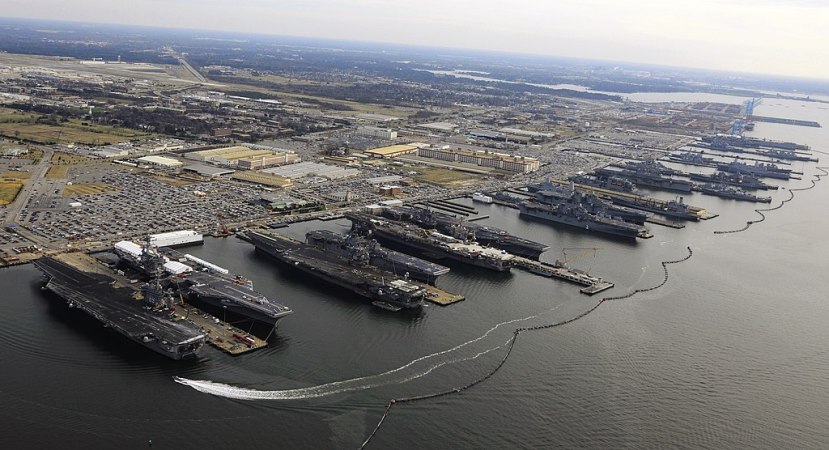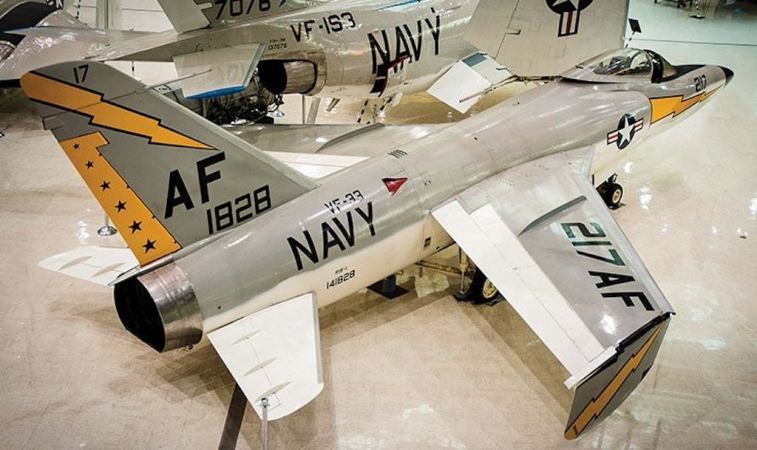There are a couple things that everyone going into a military exercise absolutely has to get right. First, get good training and look for ways to improve both personal and unit performance. Second, and perhaps more importantly, don’t really shoot anyone.

Guess which thing Navy Lt. (j.g.) Timothy Dorsey, an F-14 pilot, messed up while shadowing an Air Force RF-4C Phantom over the Mediterranean on Sep. 22, 1987?
Dorsey and his radar intercept officer, Lt. Cmdr. Edmund Holland, were taking part in an exercise testing the defenses of the Navy carrier USS Saratoga against enemy attacks. The Air Force had provided a jet and aircrew, Capt. Michael Ross and 1st Lt. Randy Sprouse, to act as the opposing force.
Ross took off from Aviano Air Base, Italy, and began searching for the carrier. The unarmed jet would need to get within visual distance of the Saratoga and read off its hull number to count a “kill” against it in the exercise.

The exercise orders called for Dorsey and another F-14 to be unarmed as well, but both Navy jets were actually carrying live missiles. The Navy pilots would have to simulate an attack on the opposing force jet to win.
The Air Force crew faced trouble early on when its equipment for hunting the Navy carrier and its fleet electronically malfunctioned. Ross and Sprouse began conducting a visual search instead. The Navy jets got lucky early when the combat controllers sent them after a radio contact that turned out to be the RF-4C refueling from an Illinois Air National Guard KC-135 tanker.

Dorsey’s flight joined up on the tanker and picked up fuel. Ross and Sprouse flew away first and returned to searching for the carrier. Dorsey and Holland, obviously believing that they had spotted their quarry, pursued the Phantom.
The Air Force jet found the carrier, but also knew that a Navy jet was on its tail. Sprouse, the backseater on the Phantom, alerted Ross to the Navy presence.
“There`s a Navy F-14 sitting on our left wing at about 8 o’clock,” Sprouse said.
“Okay, he’s a good guy,” Ross said.

Meanwhile, Dorsey was tracking the Air Force jet’s progress toward the carrier. When the RF-4C got to about 15 miles from the Saratoga, Ross initiated a diving turn at the carrier, simulating the start of an attack run. Dorsey called out the threat to Holland and they alerted the Saratoga.
So far, everything is good. The Air Force is simulating an attack on the carrier, the Navy is simulating the protocol for attacking a threat to the carrier.
The Saratoga responded, “Red and free on your contact.” And that was where everything got messy. Dorsey, relatively new to the Saratoga and with only a couple hundred hours of flight time under his belt, was under the impression that “red and free” was a command to fire that was only used in real-world, “Shoot that guy right now!” situations.
Still, he hesitated and asked for guidance.
“Jesus, do they want me to shoot this guy?” he asked.
The phrase, “red and free,” was commonly used around the Saratoga in exercises. Holland, thinking that Dorsey still understood that everything was taking place within the limits of the exercise, not an actual fight, responded with, “Yes. Shoot!”
Dorsey armed one sidewinder and attempted to fire, but the missile failed. So, he fired another and this one slammed into the back of the recently-fueled Air Force jet.

Holland later said of that moment, “I heard a ‘whish’ sound from the right side of the aircraft, and I looked out and I said, ‘What was that?’ I saw the front end of an F-4 and the back end was in flames. I said, ‘You shot him down!’ and I was absolutely amazed.”
It was Holland’s shock and sudden questions that alerted Dorsey to the fact that he had done something very wrong.
Ross and Sprouse, meanwhile, we’re going through their own sudden crisis. They mistakenly believed that they had collided with the F-14 that was tailing them. The RF-4C was shaking violently and parts of it were on fire.
Ross gave the order to eject.
“I’m gone,” Sprouse said as he pulled the ejection handle. Both airmen got clear of the dying jet and Holland radioed for an at-sea rescue.
“Mayday! Mayday! Got a kill on a Fox 4!”
For obvious reasons, Navy commanders immediately started asking what had happened. Ross and Sprouse were fished out of the water and questioned by Navy lawyers. They both gave full statements before the commander of the Saratoga, Navy Capt. David Frost, told them what really happened and apologized. (Probably something like, “oh, by the way, we shot you down. Sorry. Okay, who’s up for some great Navy chow?”)

Sprouse and Ross received medical attention, Navy uniforms, and a swag bag. They were given the best dinner on the ship and good spots to sleep until they could be sent back to the Air Force.
Dorsey was grounded but allowed to stay in the Navy. He made it to the rank of captain in the reserves as an intelligence officer and then an inspector general. In 2012, he was recommended for promotion to admiral. When Congress heard about his 1987 incident, they declined to vote on his promotion, effectively rejecting it.
Many suspect that Dorsey wouldn’t have been allowed to stay in the Navy if it weren’t for the fact that his father was James Dorsey, a prominent figure in the Naval aviation community. In 1987, Dorsey was the captain of the USS America, a supercarrier.
Ross’s injuries from the shootdown appeared slight when he was rescued from the ocean, but grew steadily worse as he aged. He received 32 surgeries and became fully disabled.





